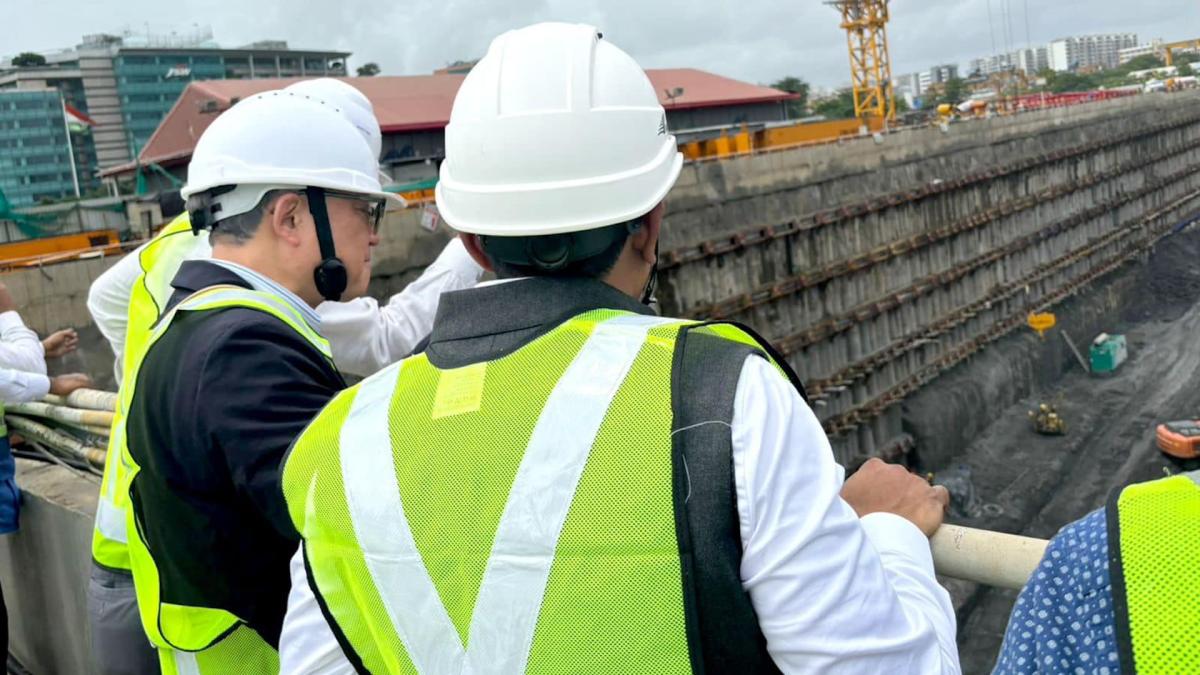World
Officials break ground on one of world’s longest underwater rail tunnels connecting 2 major cities — here’s what you need to know

The National High Speed Rail Company Limited (NHSRCL) of India has begun construction on an underwater portion of its ambitious new high-speed rail (HSR) line, as Newsweek shared.
This tunneling project, which is part of the larger Mumbai-Ahmedabad HSR corridor spanning 315.66 miles, is part of an effort to reduce the railway’s impact on the local ecosystem, per the report, including a flamingo sanctuary and nearby mangroves.
Protecting local wildlife is important to maintain biodiversity and a healthy ecosystem, while mangroves are known to capture and neutralize planet-warming carbon dioxide, converting it into bicarbonate that can help mitigate ocean acidification.
The underwater segment, a first of its kind in the country, will run for 4.4 miles and connect with another 13.1-mile-long tunnel section where work has already begun. Out of the entire length of the HSR project, 92% will be elevated through viaducts and bridges so as not to obstruct the natural flow of waters, as NHSRCL notes.
“Construction of 21 kilometers of tunnel is one of the most challenging contracts of the Mumbai- Ahmedabad HSR corridor, which includes construction of country’s first twin track undersea rail tunnel of 7 kilometers at Thane Creek,” Shri Rajendra Prasad, managing director of NHSRCL, said in a statement shared by Newsweek.
Once up and running, the line will use E5 Series Shinkansen bullet trains for their HSR system, according to the Times of India, which run on electricity instead of dirty fuels, increasing the ecological benefits of the entire project.
Watch now: These futuristic gas stations could completely change what it’s like to own an EV
The NHSRCL has crunched the numbers, and a high-speed rail system is the most energy-efficient transportation solution for every passenger and kilometer per unit of energy. It’s also the fastest, with a travel time between the cities of Mumbai and Ahmedabad taking just two hours and seven minutes from end to end.
It’s a greener way to travel, as well. Rail produces just 4 kilograms of planet-warming CO2 for every 100 passengers and kilometers measured, compared to an output of 14 kilograms for cars and 17 for air travel.
All of the HSR stations and maintenance depots will use solar panels to increase their clean energy generation and have rain-harvesting systems to conserve water.
India’s new high-speed rail project is just one of many similar projects around the globe helping to reduce harmful pollutants and provide more sustainable transportation. Among them are Spain’s extensive and economically viable system, Italy and Germany’s railway link, and even a proposed Shinkansen line connecting Dallas and Houston in Texas.
The NHSRCL aims to complete its eco-friendly high-speed rail project by 2028, as reported by The Hindu.
Join our free newsletter for weekly updates on the latest innovations improving our lives and shaping our future, and don’t miss this cool list of easy ways to help yourself while helping the planet.









